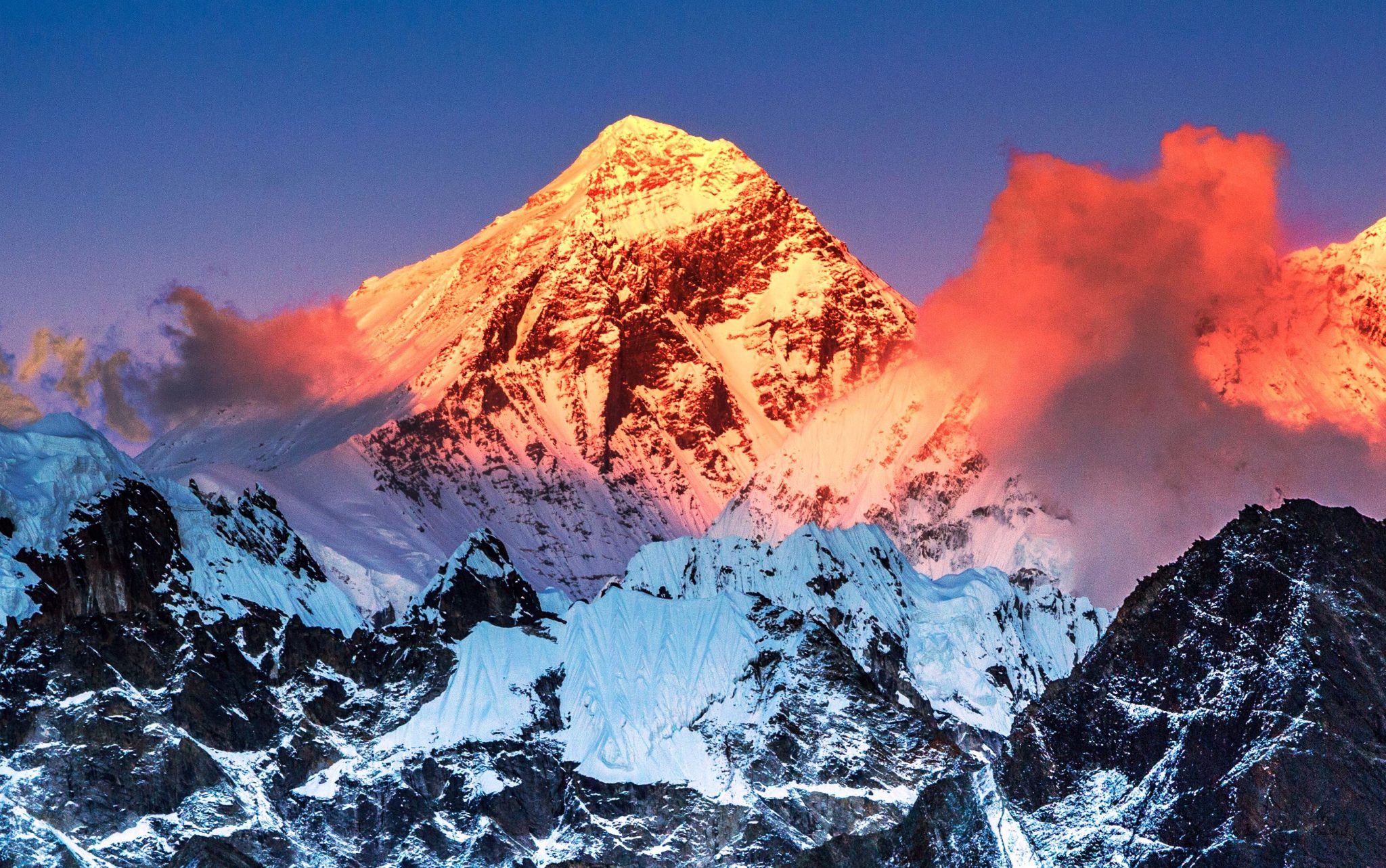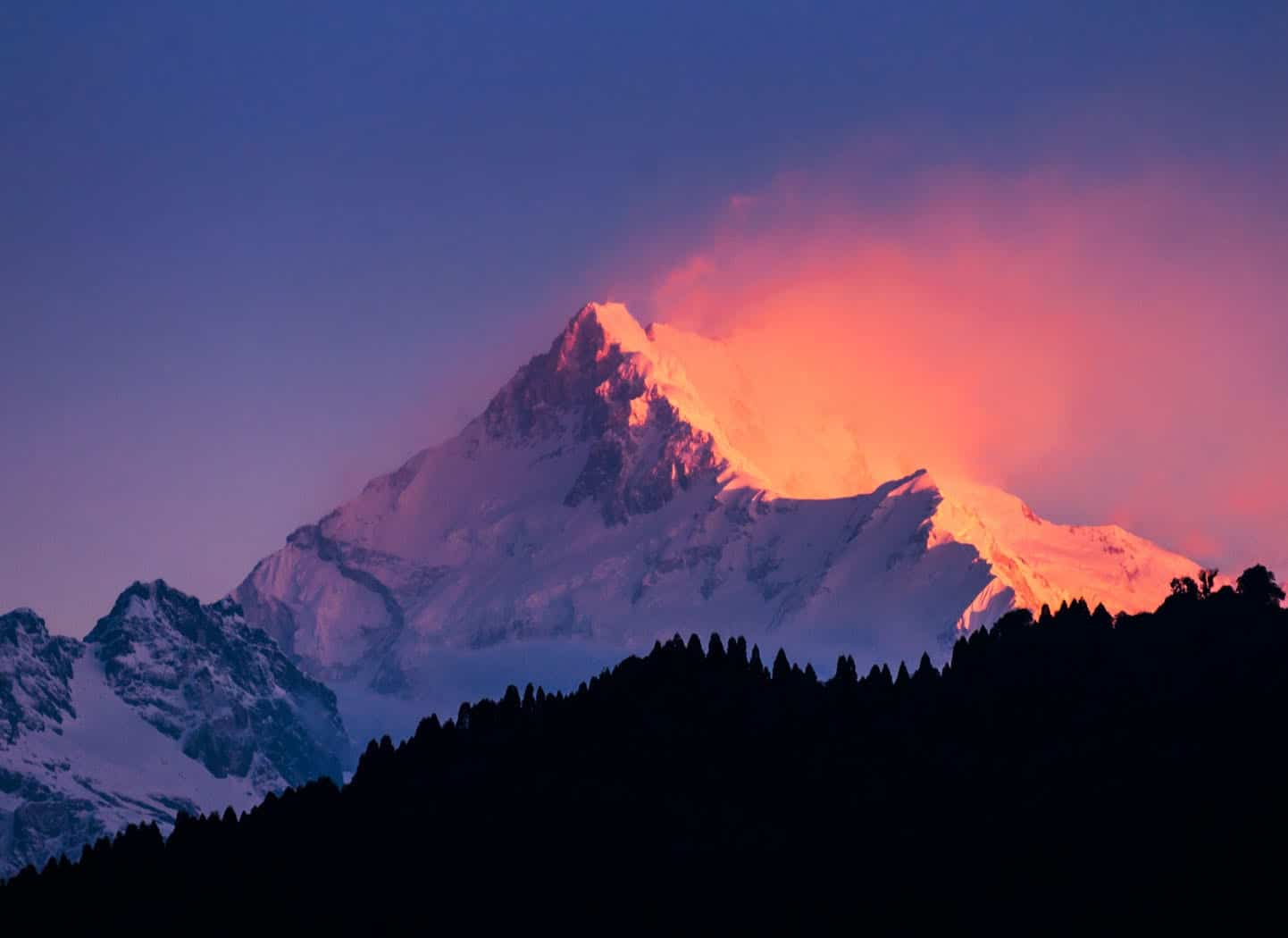Discover the world’s highest peaks

Mountains and towering peaks surround many secrets and mystery, which have always attracted people to discover them, one of the most important of which is its high altitude, which urges each individual adventure to reach and reach its end.
Most of the world’s peaks rise “above 8,000 meters” in South-Central Asia. Specifically, in or near the Himalayan chain, which humans have discovered after many sacrifices and adventures.
Despite the great and great mountains, they are really deadly, with the risk ranging from very low temperatures below zero, lack of oxygen and low air pressure, or predators. Or even climbing, avalanches, and many other risks, which you should not underestimate if you ever want to challenge one.
Mount Everest
With a height of 8,848 meters or 29,029 feet, Everest is crowned by the highest peak in the world, also located in the Himalayan range on the borders of China, Nepal, and Tibet, known in Nepal as Sagarmatha or the Cape of Heaven, while in Tibet it is referred to as Chomolungma, the mother of the universe.
Although it is the highest in the world, it is an easy-to-climb peak for professionals and amateurs, in terms of topography or composition, but risks such as wind, weather fluctuations, and temperatures can make the task easy to suicide.
The first successful climbing attempt was in 1953 by John Hunt, after suffering from a severe oxygen shortage at the top, and one of the most important features of this summit is the so-called area of death, where temperatures are very low, causing climbers to slip or die from cold, strong winds and low pressure; This means that climbers have to live one-third of the amount of oxygen their bodies need, and with oxygen cans, masks, and modern equipment, the impact of these risks may be lower, but there are other problems that climbers have to face, such as wind, cold, slides, and heavy loads.
K2 mountain
The second highest peak in the world is also located in the Himalayas on the border of Pakistan; Compared to Everest, climbing this summit is very dangerous because of its steep rise of 8.611 meters, or 28.251 feet, and it is also ranked second in terms of the number of deaths among those who tried to climb it; 25% of those who could climb it has never been alive; So it is not strange to call it the savage summit, and no one has climbed it in winter till this moment, the first successful climate of this summit was in 1954, and the second successful attempt was 23 years later.
Kanchenjunga mountain
This summit since 1848 has been the third place with a rise of 8.586 meters, or 28.169 feet, and before that time it was considered the longest summit in the world in India, translating the name of this summit means “the five treasures of ice”, which is meant to represent gold, silver, precious stones, hills, and holy books. The five world treasures everywhere and at all times, the groups belonging to the Kirant Mundum sect consider them a sacred summit, which is why the British mission that succeeded in climbing this summit for the first time in 1955 stopped several meters before reaching the end in respect of that sect. It is the behavior of most of those who later climbed up the summit.
Lhotse
Makalu mountain

On the border between China and Nepal, 19 kilometers east of the Everest summit, the world’s fifth-highest summit is at an altitude of 8,481 meters, or 27,825 feet. The mountain also has another peak but is less than 8,000 meters high; therefore, it was not included on this list, and it was the first successful climb in 1955.


